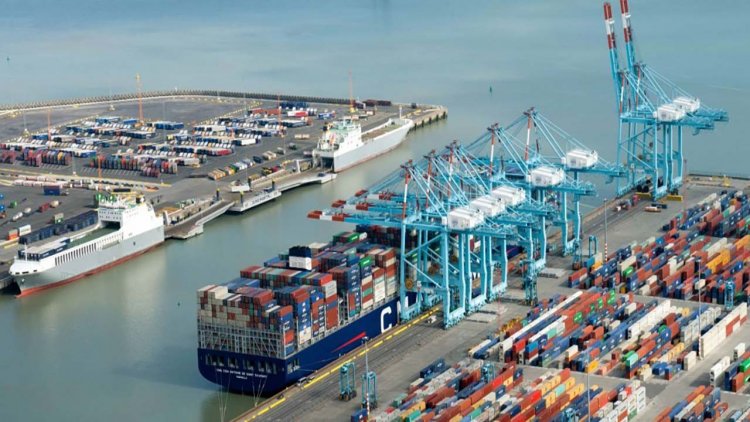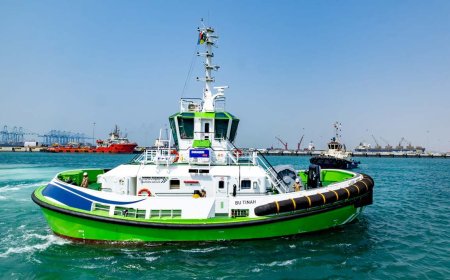The ports of Antwerp and Zeebrugge to join forces
The City of Antwerp and the City of Bruges have reached an agreement to merge their respective ports.

The two-city agreement marks the start of a unification process that is expected to take a year to finalise. Once completed, the ports will operate under the name ‘Port of Antwerp-Bruges’. As a result of the merger, the ports will be able to strengthen their position within the global supply chain and continue their course towards sustainable growth. Furthermore, the unified port will be more resilient to the challenges of the future and will take a lead in the transition towards a low-carbon economy.
The shared position of the ports of Antwerp and Zeebrugge within the global supply chain will receive a significant boost. The merged port will become the most important container port (157 million tonnes/year), one of the largest break bulk ports and the largest port for the transhipment of vehicles in Europe. Furthermore, the port will account for more than 15% of Europe’s liquid natural gas transited and it will of course remain Europe's most important chemical hub. Finally, it will be the largest port for cruise ships in the Benelux. With a total transit capacity of 278 million tonnes per year, the unified port will be able to consolidate its leading position in the world.
As part of a joint plan, the two ports have defined three strategic priorities – sustainable growth, resilience and leadership in the energy and digital transition.
Port of Antwerp-Bruges will combine the best of both worlds and will focus on the strengths of each site. The ports of Antwerp and Zeebrugge are largely complementary. For example, Antwerp specialises in the handling and storage of containers, break bulk and chemical products, while Zeebrugge is a major port for RoRo traffic, container handling and the transhipment of liquid natural gas. Working more closely together will make it possible to consolidate sustainable growth, not only of each port's individual market share, but also of the joint market share of both ports together.
In order to maximise the added value of a unified port, Port of Antwerp-Bruges will seek to develop and make optimum use of the interconnectivity between the two ports. The transportation of goods by rail between the two sites will be bundled, estuary traffic (by inland vessels on the North Sea) will be optimised and pipeline connections will also be on the list of priorities.
Committed strategic investments, such as the new sea lock in Zeebrugge and the additional container capacity in Antwerp, will go ahead. Future investments will be evaluated from a unified operational perspective, so that both port platforms will benefit, and the port continues to meet its customers' expectations.
Port of Antwerp-Bruges will draw upon the resources, expertise and talent of its teams in Zeebrugge and Antwerp. In the near future, a unified organisational structure and way of working will be developed, while respecting one another's DNA and corporate culture. Transparent, long-term agreements will be made with regard to the leadership and management of Port of Antwerp-Bruges.
The unified port will be able to respond more rapidly and more effectively to social and technological developments, such as energy transition, innovation and digitalisation.
Sustainability already formed a central part of the strategic direction in Antwerp and in Zeebrugge, but Port of Antwerp-Bruges will set the bar higher. Combining the industrial cluster in Antwerp and Zeebrugge's location on the coast will create a unique opportunity to address the future energy challenges in Flanders and the wider region. As such, Port of Antwerp-Bruges will take up a leading position as an import hub for green hydrogen and will play an active and pioneering role in the hydrogen economy. In addition, the port, in collaboration with its industrial and maritime customers, will continue its efforts to reduce its carbon footprint and will examine methods of applying CCUS (Carbon Capture, Utilisation & Storage) in order to contribute to the transition towards a low-carbon port.
Finally, Port of Antwerp-Bruges will offer a number of significant advantages in terms of innovation and digitalisation, making it possible to make the supply chain not only more efficient, but also safer and more reliable.
The transaction is subject to a number of customary suspensive conditions, including approval from the Belgian competition authorities. Both parties aim to finalise the transaction in the course of 2021.

























































































































































